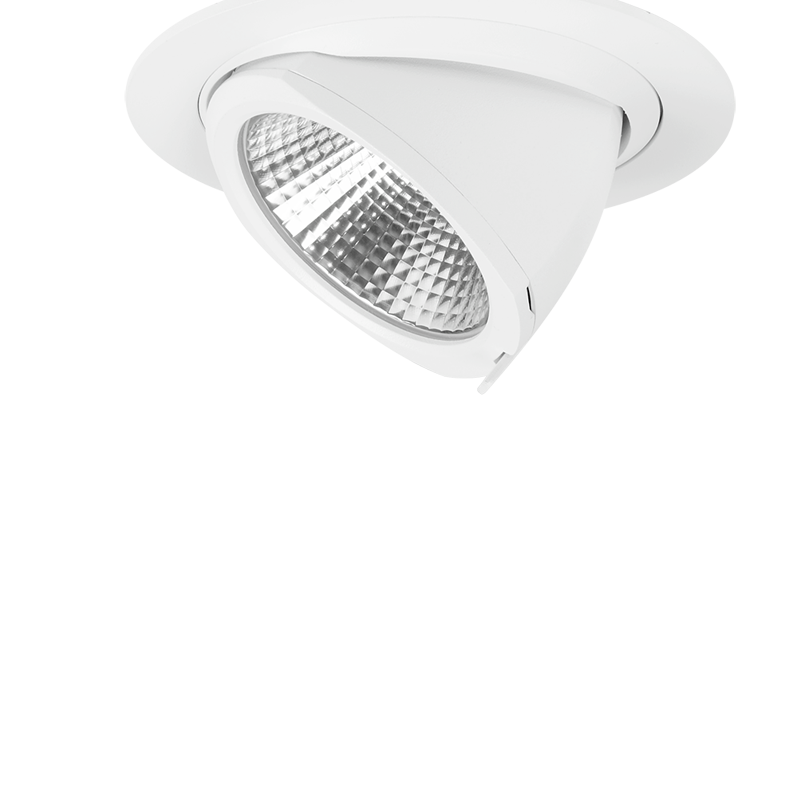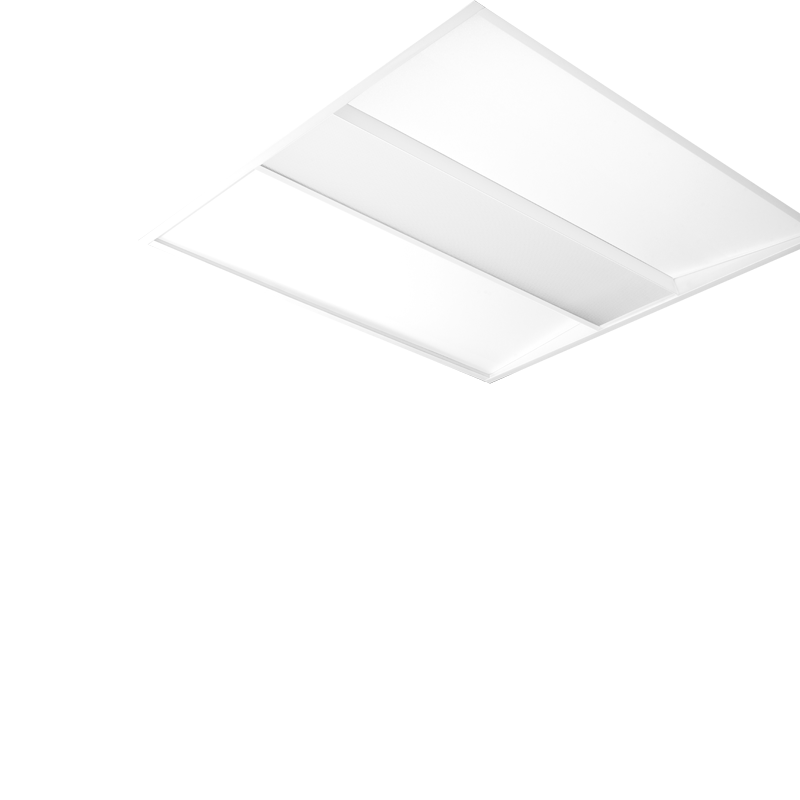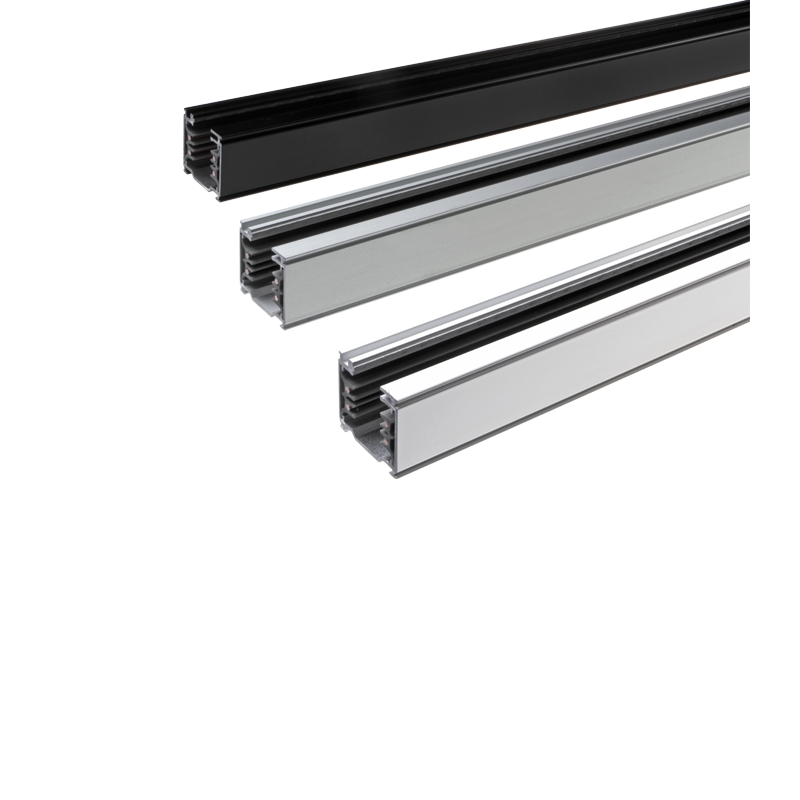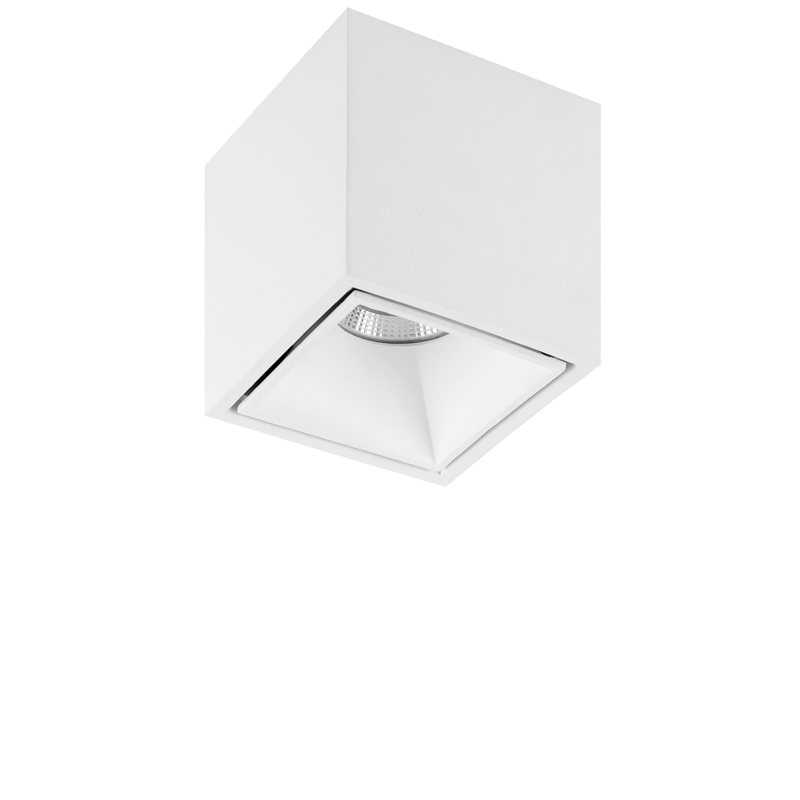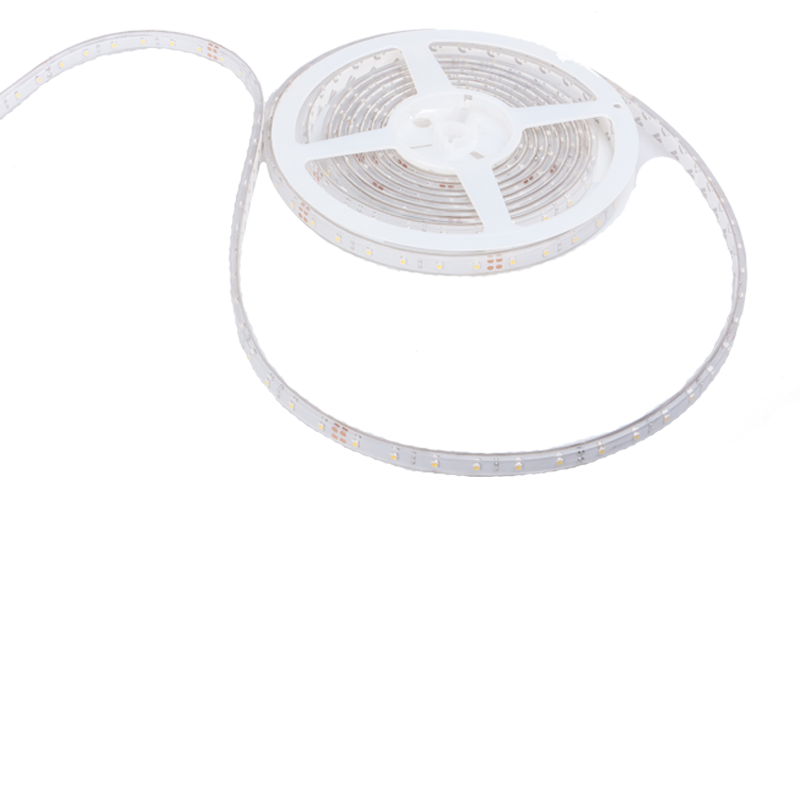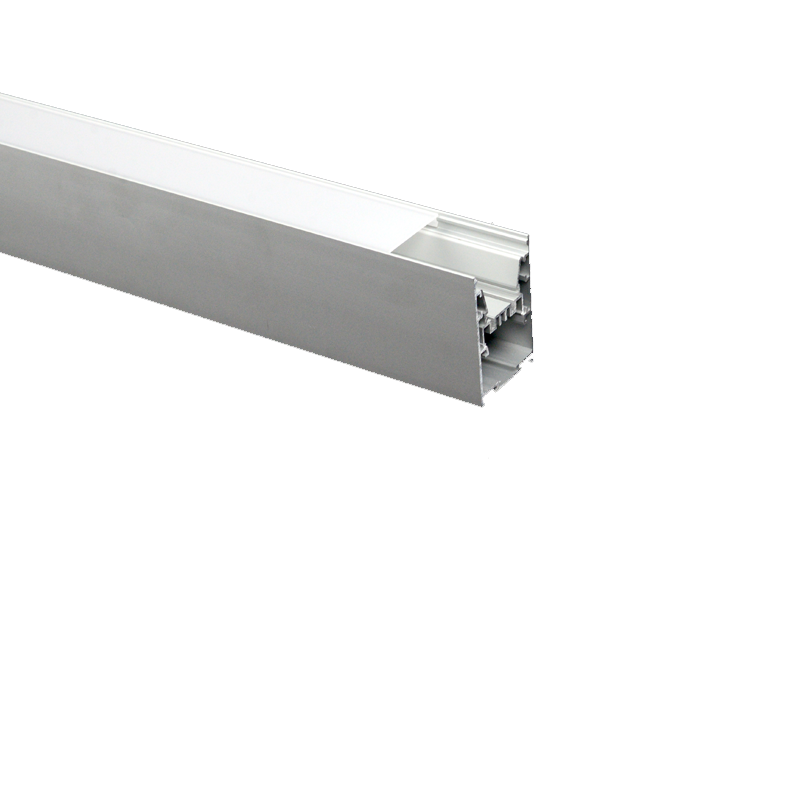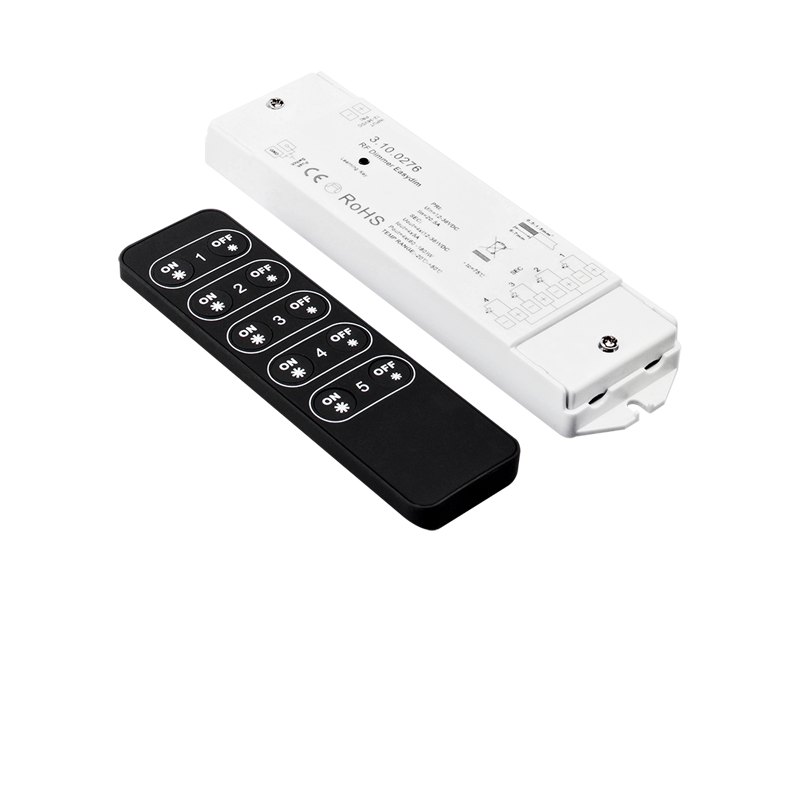Calculator for Energy & Costs savings
This content is not visible because of your cookie settings.
Tips for additional savings:
💡 Consider installing motion sensors or daylight sensors to reduce unnecessary energy consumption.
💡 Using dimmable lighting can help further optimize energy usage.
💡 Schedule regular maintenance to ensure lighting efficiency and extend lifespan.
How the Calculations Work
These calculations provide insights into energy and cost savings when replacing old luminaires with new, more efficient models. The results are based on energy consumption, operating hours, and energy costs per kWh. Please note that additional savings, such as reduced energy usage for air conditioning and installation cost savings, are not included in this calculation.
Annual energy consumption: This is calculated by multiplying the number of fixtures, wattage per fixture, and the daily operating hours, and then dividing by 1000 to get kWh.
Cost: The annual energy consumption is multiplied by the energy price per kWh to determine the annual costs.
Lumens per watt (lm/W): This indicates the efficiency of the lights, calculated by dividing the total lumens by the wattage of the lights.
CO₂ impact: The CO₂ emissions are calculated by multiplying the annual energy consumption by the emission factor (in kg CO₂ per kWh) of the selected country.
Savings: Energy, cost, and CO₂ savings are calculated by comparing the values of the old and new scenarios.
Tips for additional savings:
- Consider installing motion sensors or daylight sensors to reduce unnecessary energy use.
- Using dimmable lighting can help further optimize energy consumption.
- Schedule regular maintenance to ensure lighting efficiency and extend lifespan.
Let's get in touch!
Would you like to start a refit project or receive more information? Fill out the form below so we can contact you for a free, no-obligation consultation.
Nijverheidsweg 2
2421 LR Nieuwkoop
Netherlands
+31 (0)172 574500
+31 (0)172 574592
info@lumiparts.nl
Route via Google Maps
